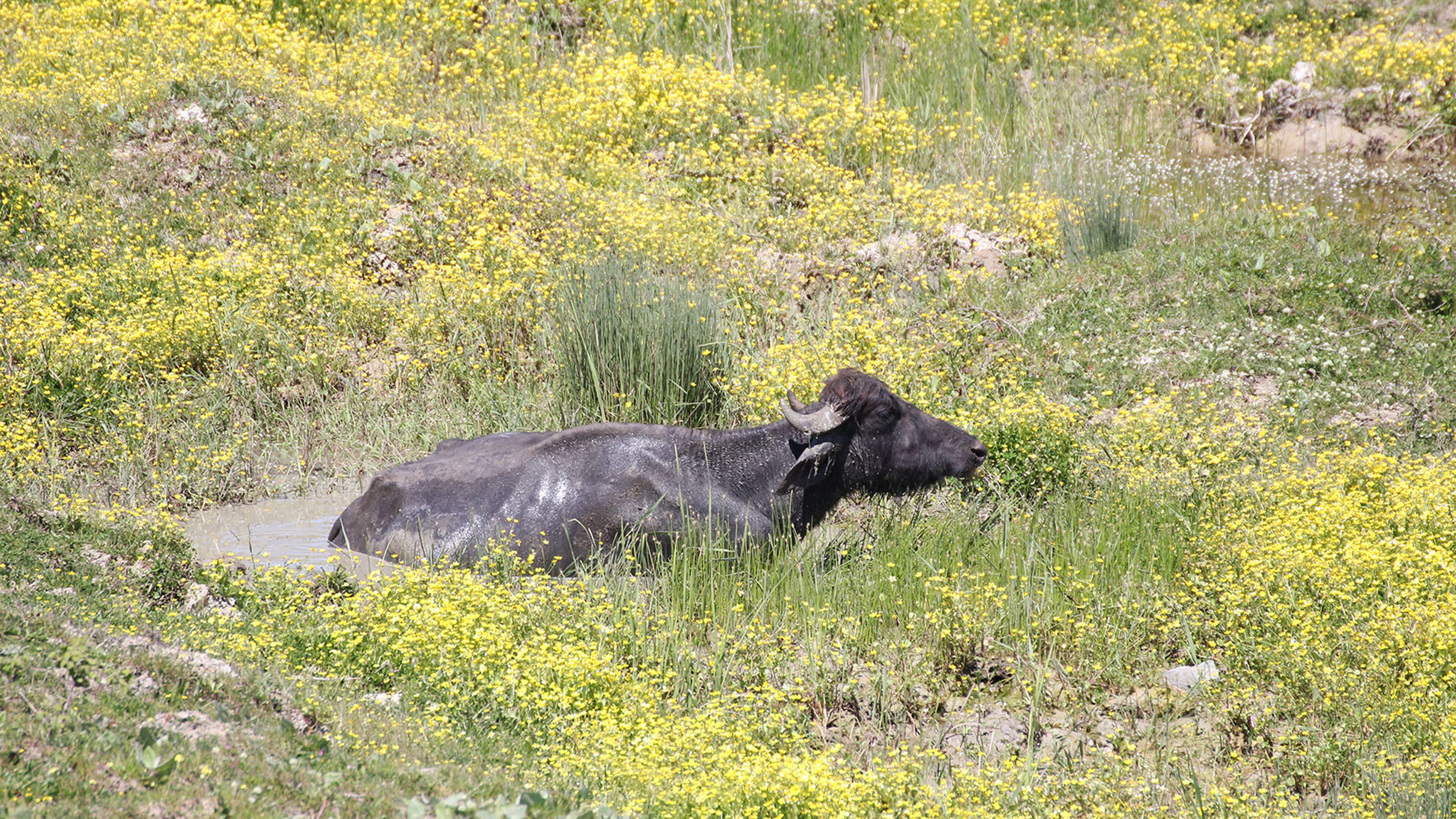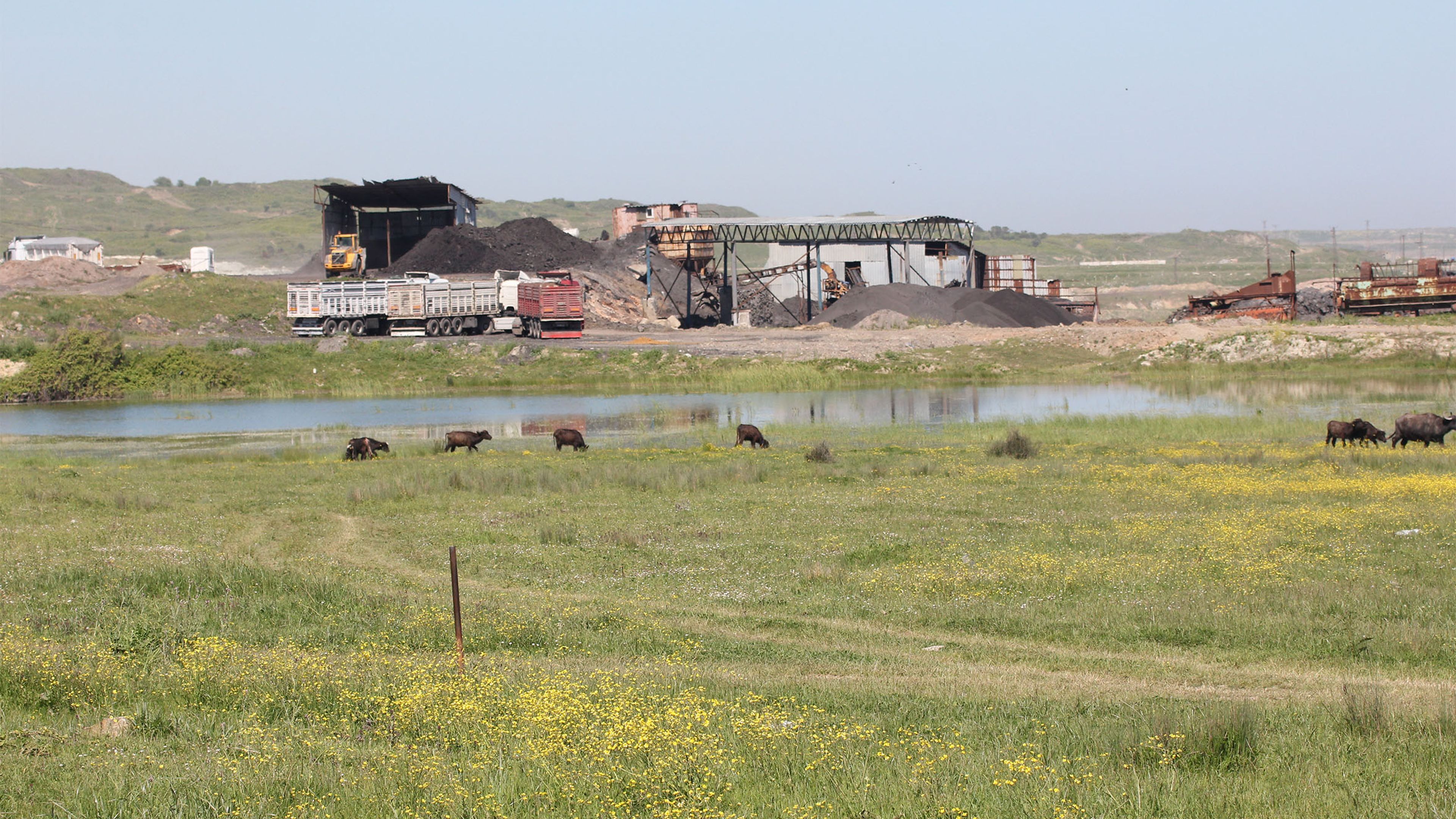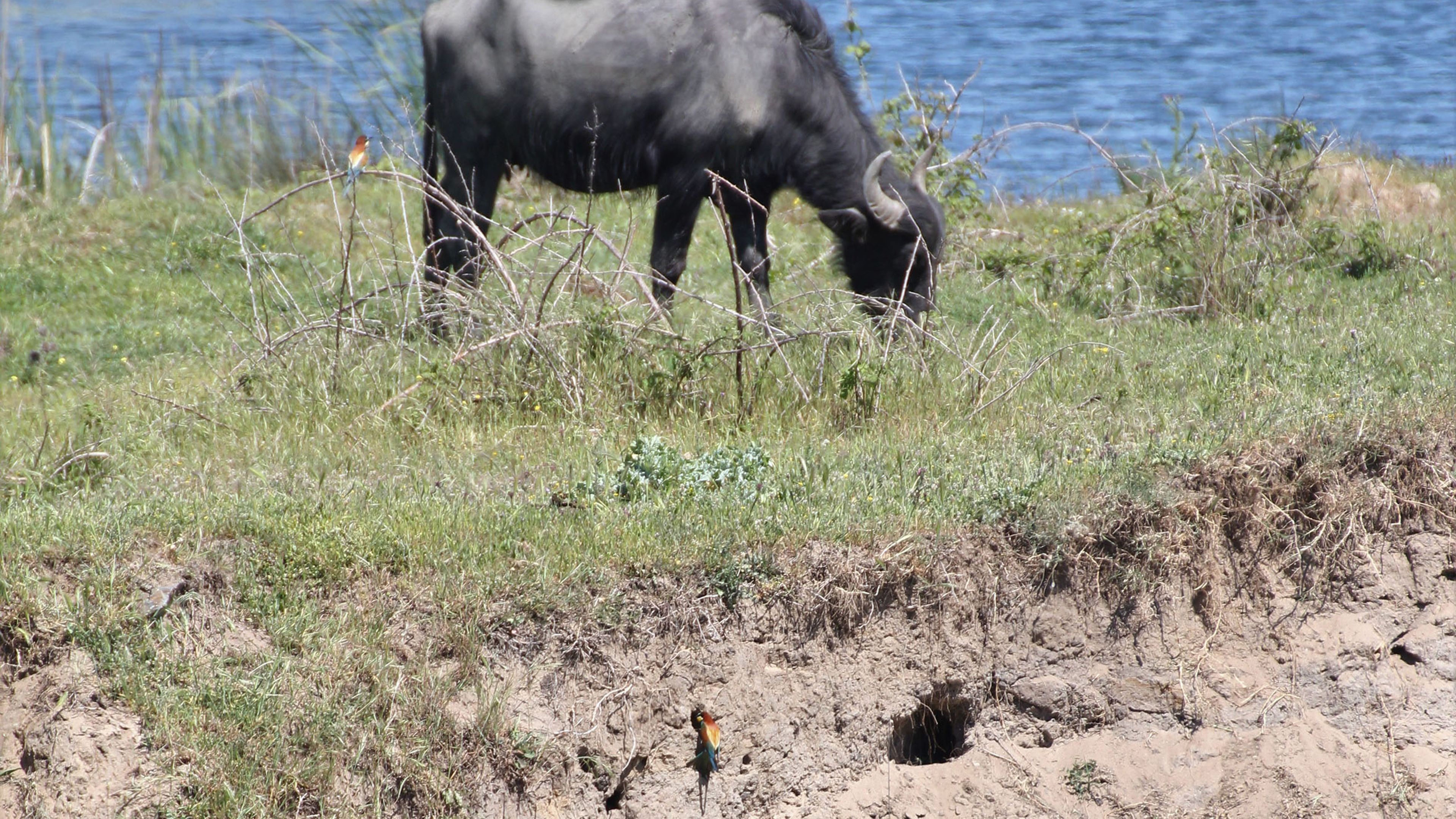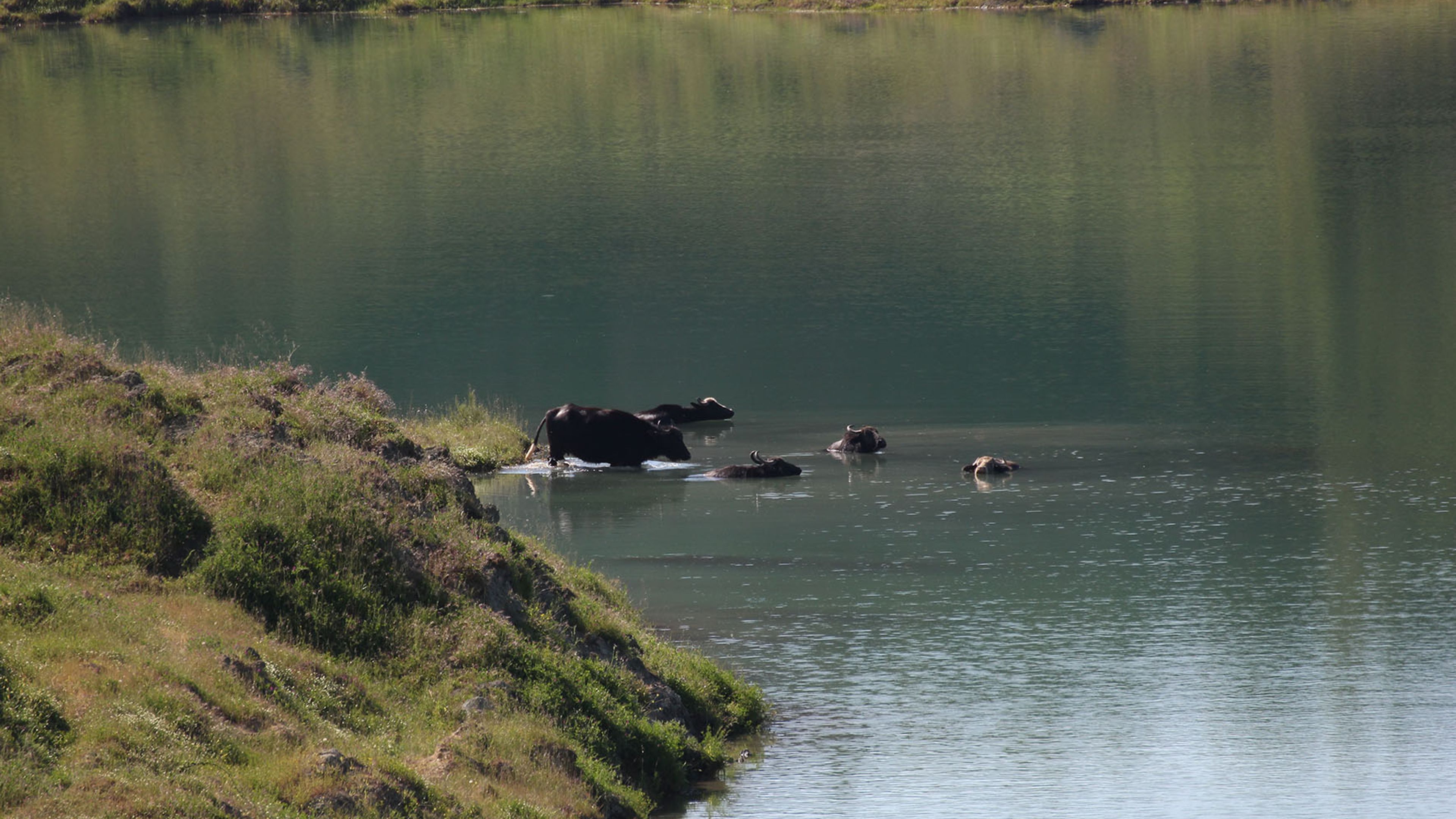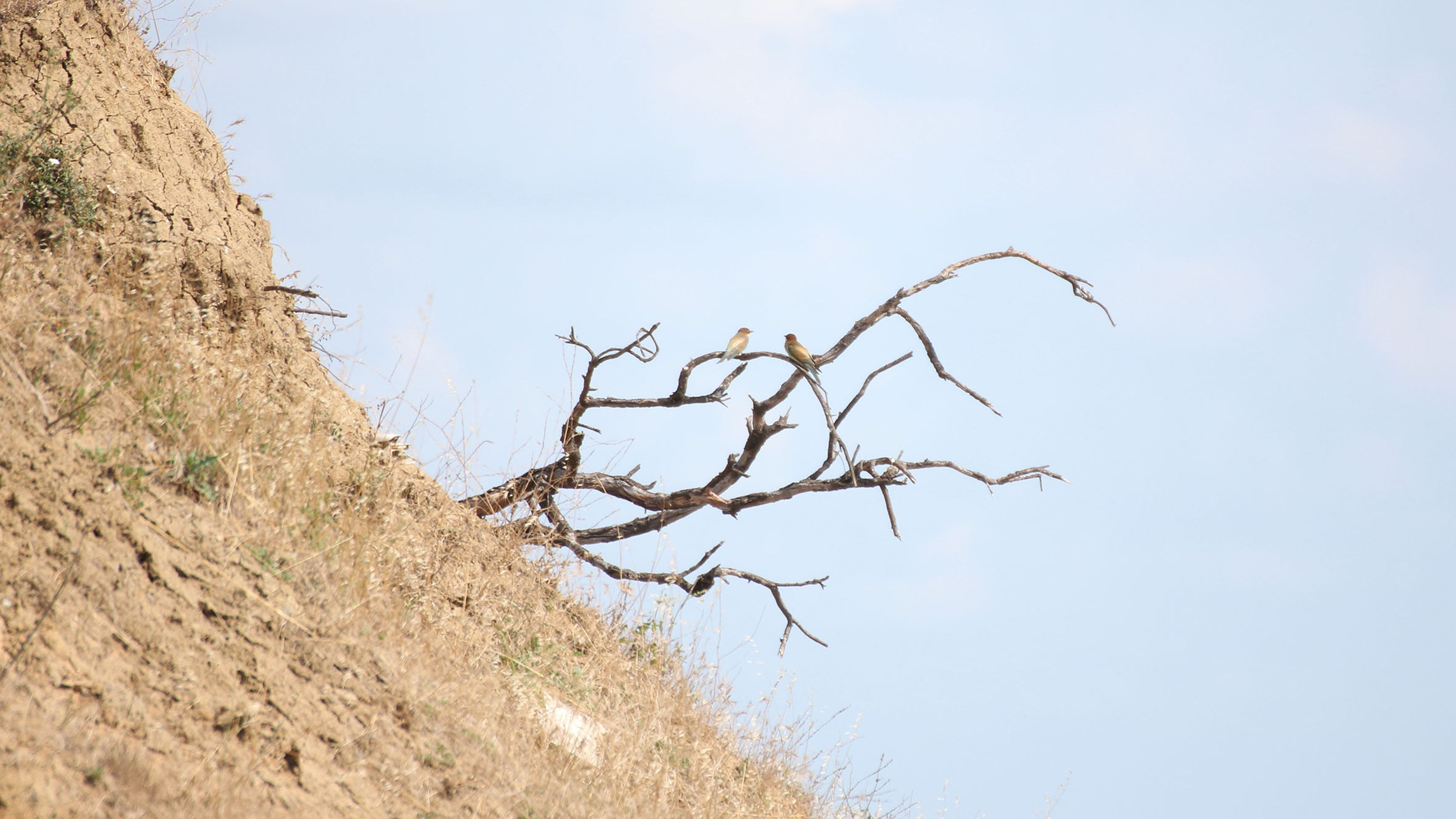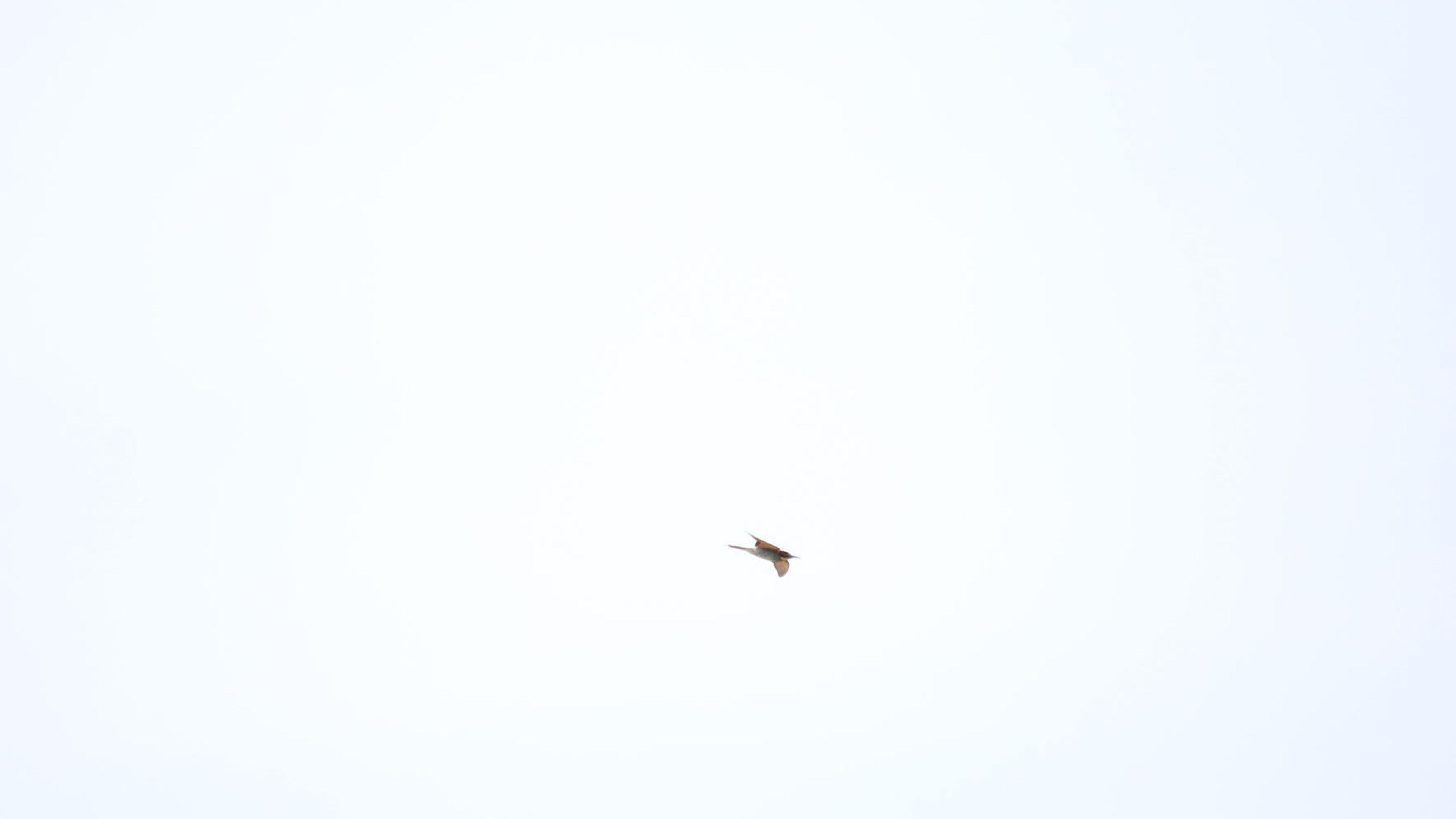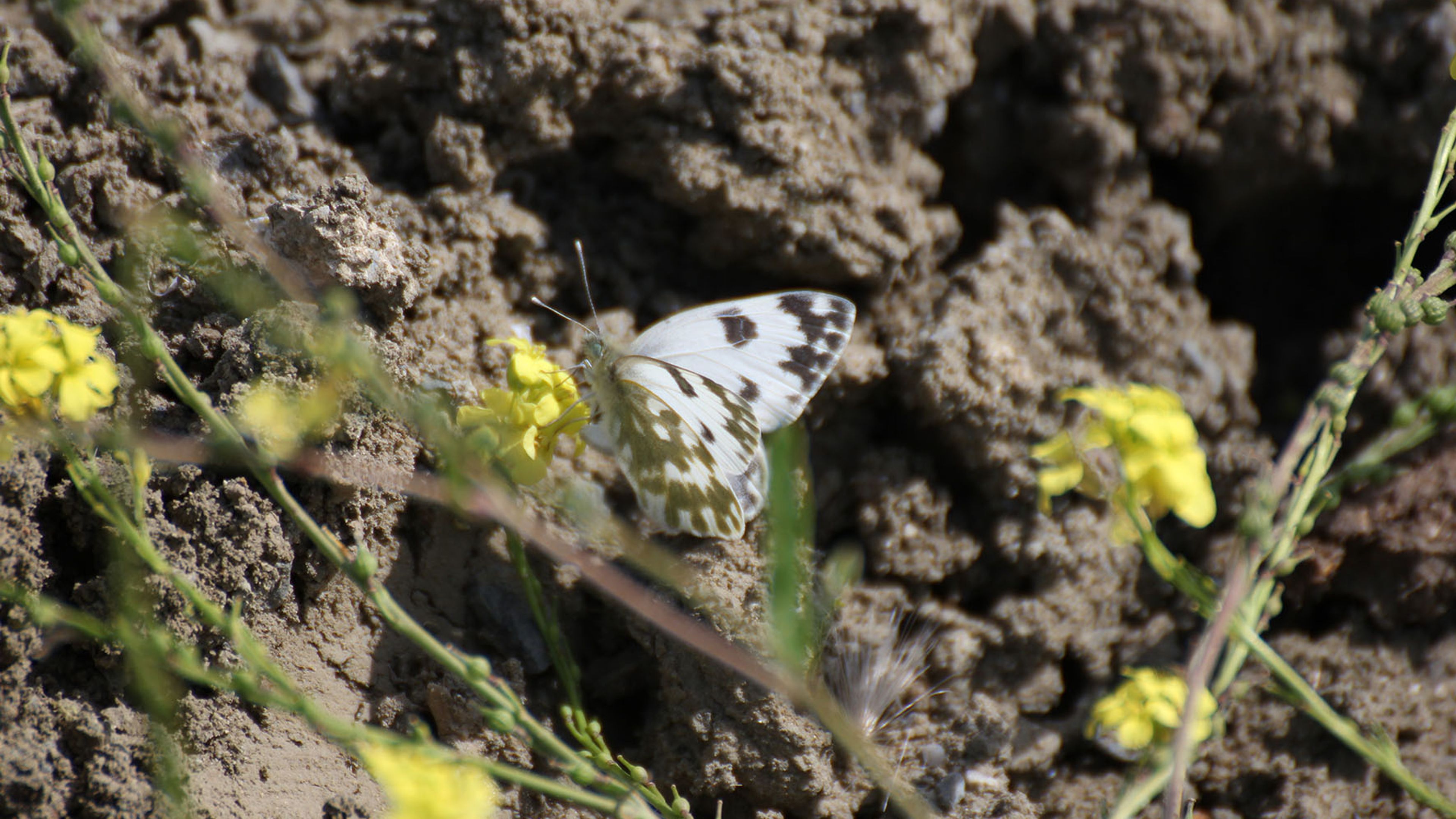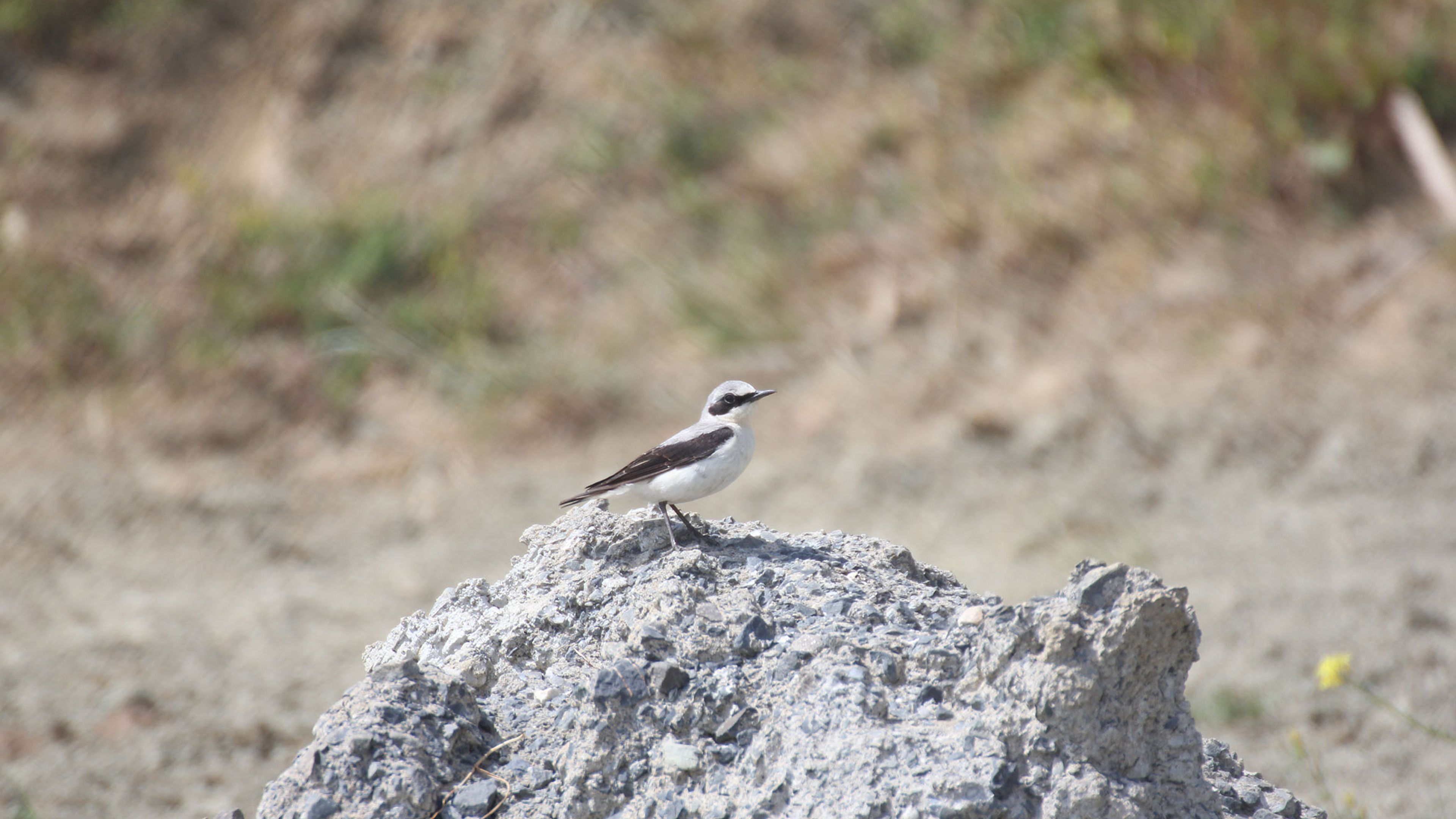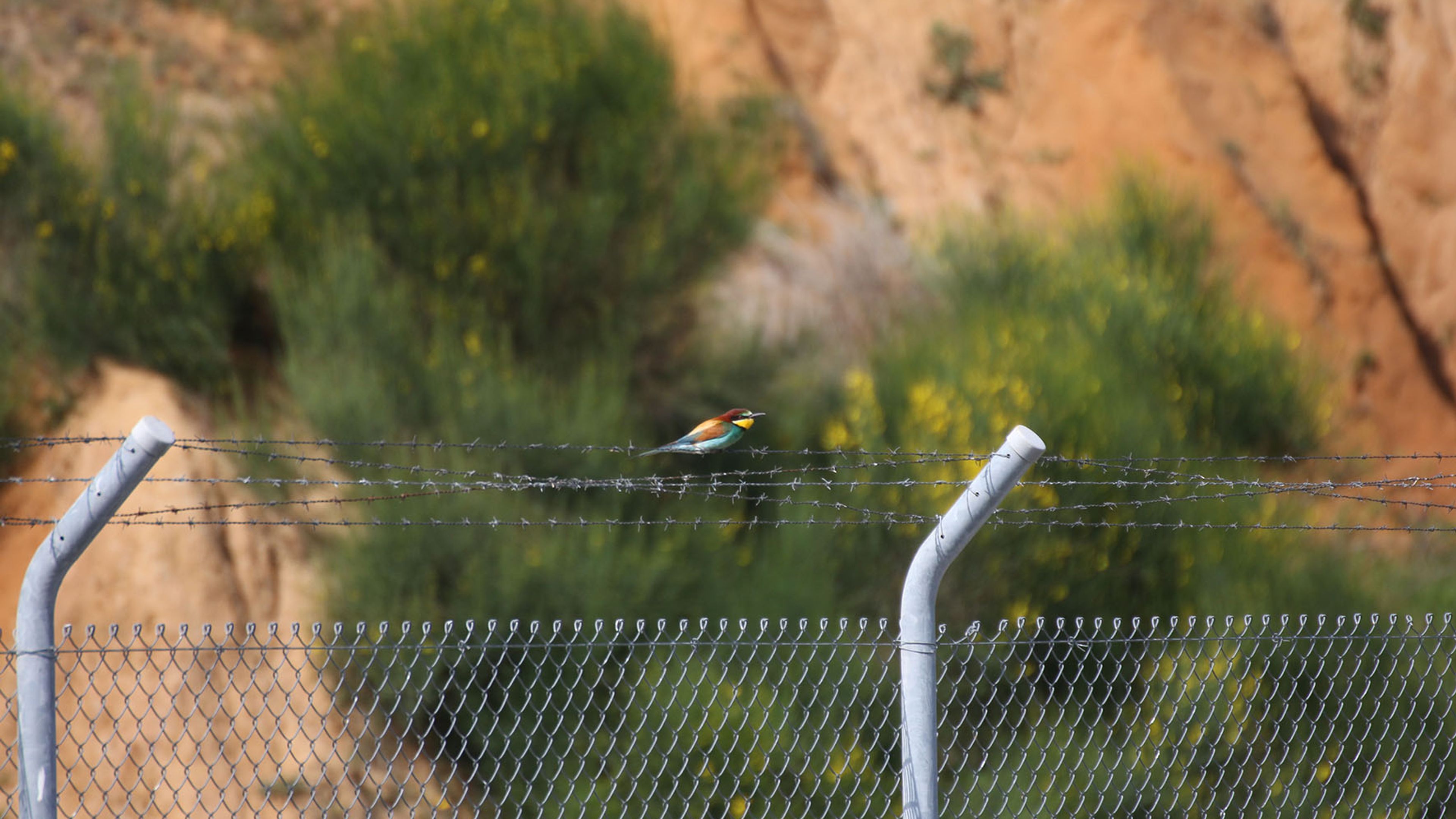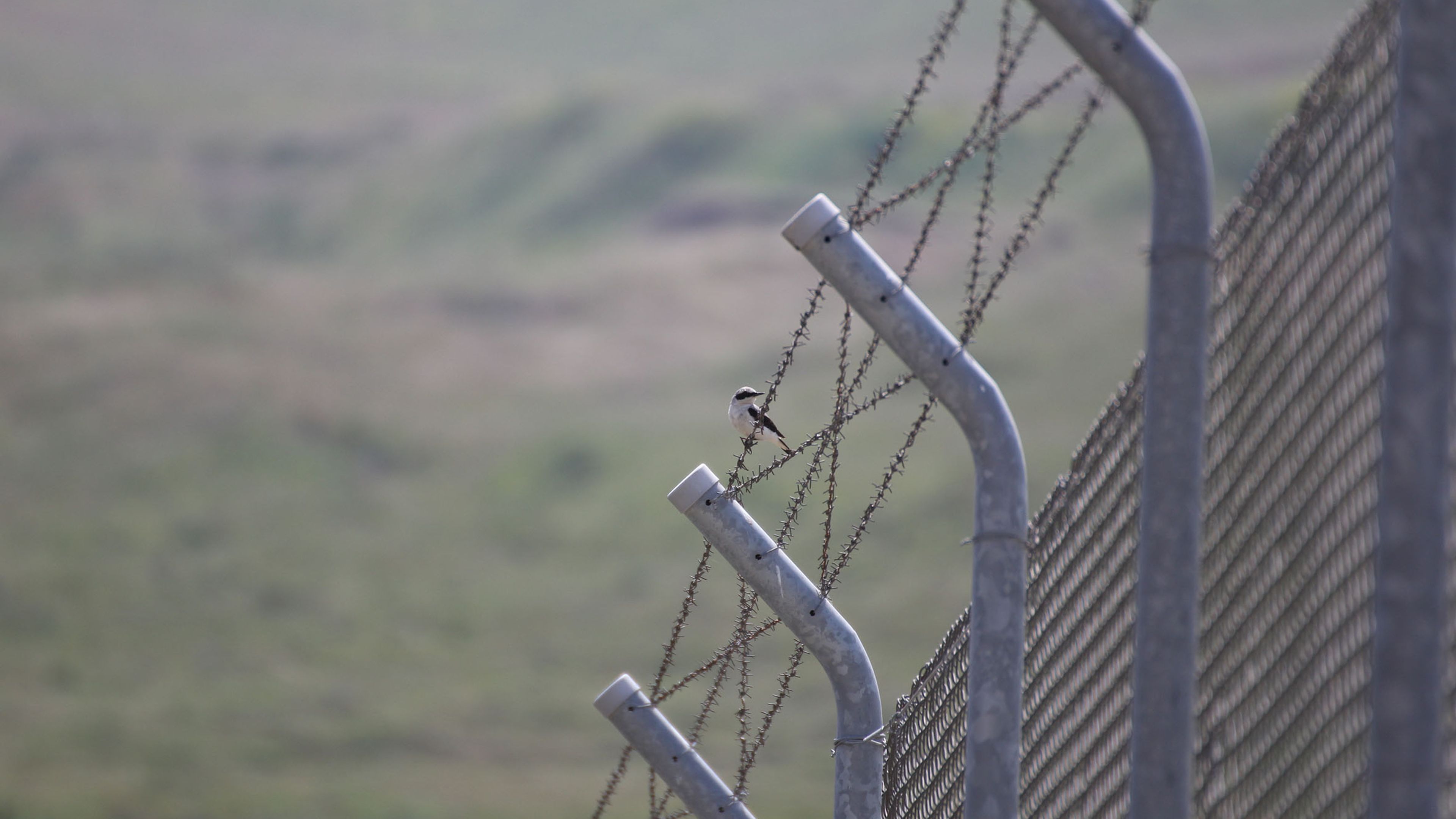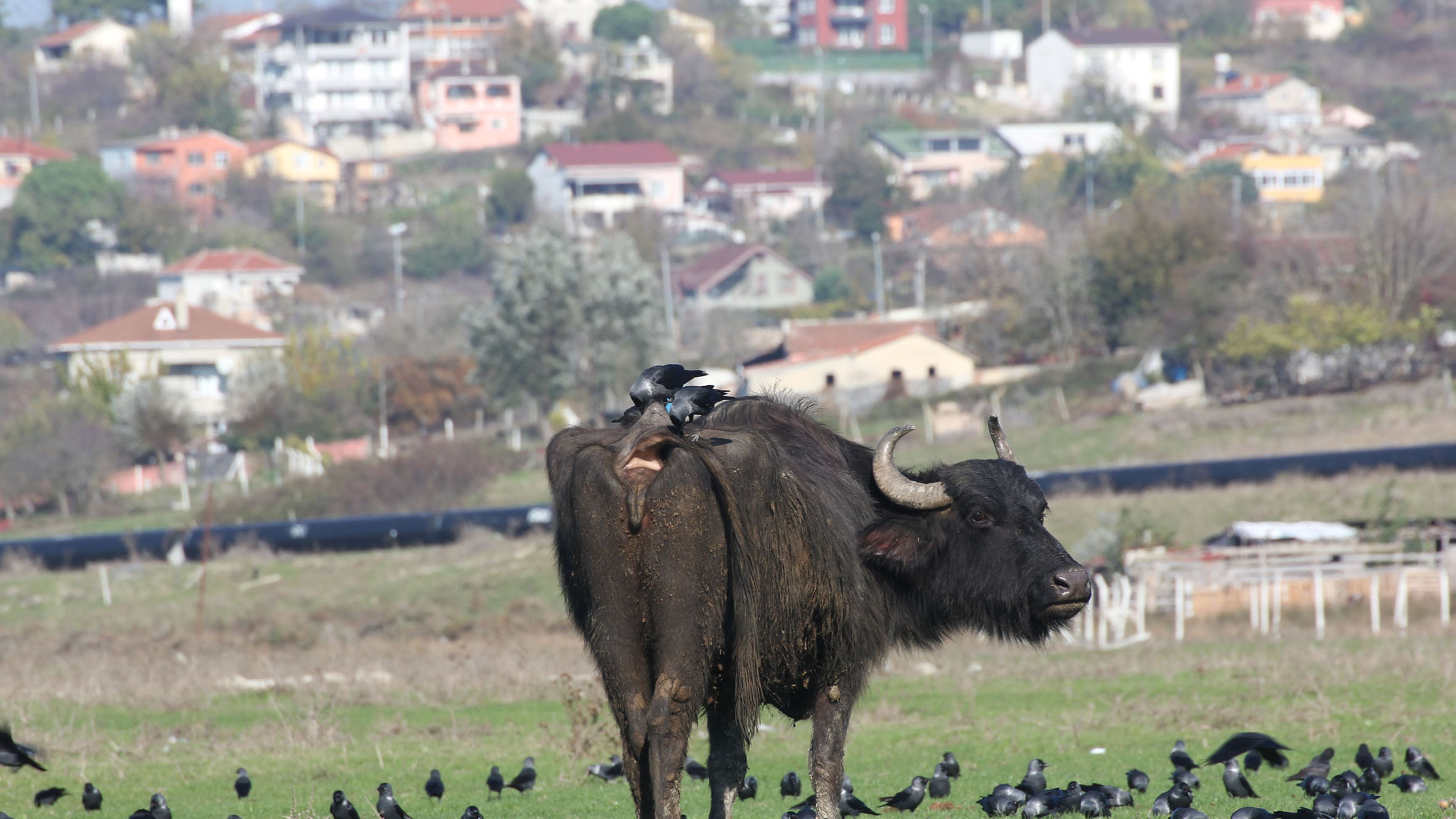Wetlands, moors, marshes, swamps, mangroves, and mudflats have been drained to “improve” land for centuries, despite the importance of their biodiversity, filtering capacity, and role as buffers against flooding. CLIMAVORE advocates preservation of this murky terrain and the rich variety of ingredients it supports.

Despite being incredibly rich habitats, wetlands have been drained for centuries to impose monoculture farmland, expand real estate, displace freedom seekers, and eradicate malaria, from the coasts of Italy and Sri Lanka to the banks of the Tigris-Euphrates and the Mississippi delta. In the past decades however, these liminal landscapes have been recognised for playing an important role in climate resilience. Can wetlands be the orchards of the future?
With 2026 declared the UN year of rangelands and pastoralists, new international focus has been put on free animal roaming space and historical transhumance routes. Seasonal migrations such as the herding of reindeer in the Arctic, goats in Mongolia, yak in Tibet, camels in Somalia, sheep in Iran, llamas in Peru and cows in Switzerland are vital to the conservation of regional food heritage and historical habitats.
On the outskirts of Istanbul, water buffalo roam the landscape. A haven for these semi-wild animals, the wetland environment is also an important bird migration flyway and a vital place for symbiotic exchanges between buffalo and water, reeds, grasses, frogs, worms, bacteria, and other species. Increasingly encroached upon by urbanisation, the murky land where the buffalo roam is no longer as wet or available to them as it was historically. CLIMAVORE highlights the cultural and ecological value of species and spaces that are being pressed to extinction and strives to protect this unique landscape as a piece of living heritage inhabited by herders, roaming buffalo and their companions. CLIMAVORE promotes historic buffalo milk dishes such as sütlac, kaymak, muhallebi, and yoghurt in order to support legal and regulatory efforts to ensure roaming populations can remain empowered and in place as part of the foodscape along the city’s green belt.
